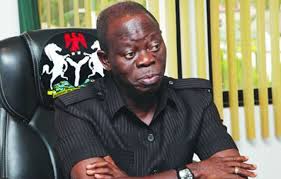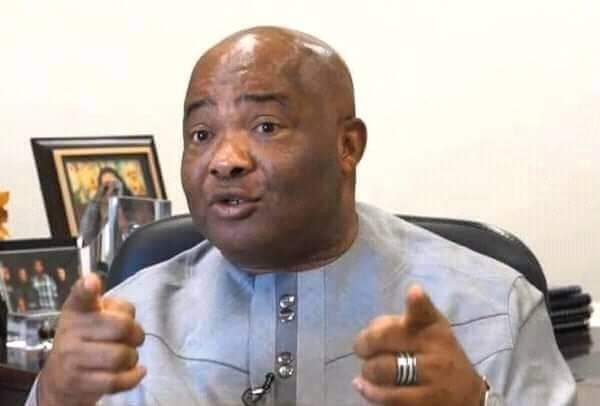Taking a cursory look at the observed flow of the ‘Abuja Monthly Handouts’ to the three tiers of government in Nigeria in the last two months; September and October, there is declining trend in amounts so shared out.
Otherwise, the federation allocation to the federal, state and local governments from the Federation Account Allocation Committee (FAAC), decreased for the second consecutive month.
Statistics show that FAAC disbursed the sum of ₦693.52 billion to the three tiers of government from the revenue generated in October 2019. This is a decrease of 6.93 percent compared to the ₦740.87 billion disbursed in September 2019.
Further disaggregated data shows the federal government received ₦293.80 billion, the states received ₦186.81 billion, local government councils received ₦140.86 billion while oil producing states received an extra ₦51.53 billion as 13 percent derivation fund.
It is worth noting that the Federal Inland Revenue Service (FIRS) contributed nearly 60 percent of the revenue disbursed over the past 3 months.
Just as it had been since discovery of oil in Nigeria, the decline in FAAC allocations points to the unpredictability and volatility of oil revenue because all along, oil had been made to remain the key financier of government spending.
Every government during its introductory stages in Nigeria always announce plans to shift away from oil as major revenue earner, but soon after inauguration, the narrative changes to usual outplay.
Several development economists had continued to make it clear that the best bet for liberating from the shackles of maintaining oil revenue as sole source of government revenue is for government to identify more innovative means of sourcing finance including partnering with the private sector, in the short to medium-term.
Besides, economic diversification remains the best answer to the unpredictability of oil money.
However, though the present administration came with the mantra of economic diversification via agriculture and SME growth, body language of the current government is becoming very hard to predict as to whether it stands for real economic diversification or continued dependence on volatile oil revenue to the economy at a time total debt profile have jumped to all time high of over N25.7 trillion.
Recall that the Director-General of the Debt Management Office (DMO), Ms Patience Oniha, had last week announced while addressing House of Representatives Committee on Public Account on Friday in Abuja that “As at June 2019, our debt profile is at N25.7 trillion; this includes the federal, states governments and the Federal Capital Territory (FCT).
“We call it the total public debt, out of this total, the Federal Government is responsible for 80 per cent of the debt,” she said.
Oniha said that external borrowing accounted for about 32 per cent of the total debt while the 68 per cent was domestic.
Business Hilights gathered further from the Debt Management Office (DMO) that servicing the nation’s external debt gulped $1.66bn in one year, from July 2018 to June 2019.
Within the period under review, Nigeria’s external debt rose from $21.59bn to $27.16bn, meaning that the external indebtedness of the country rose by $5.57bn within the one-year period. This shows an increase of 25.8 per cent.
Further breakdown of the debt servicing expenditure shows that the country spent $194.44m in the third quarter of 2018.
Additional facts showed that within the fourth quarter of 2018, a total of $849.97m was spent on external debt servicing even as a total of $367.26m was spent on external debt servicing in the first quarter of this year, while in the second quarter, a total of $252.3m was spent on debt servicing.
DMO revealed also that the external debt stock as of September 2018 stood at $21.59bn. It rose to $25.27bn as of December 2018. By March 2019, it moved marginally to $25.61 and moved more significantly to $27.16 in June 2019.
In the light of the above, analysts say it is very hard to trace facts and figures suggesting that in the last five years of the current administration, a CHANGE in revenue narratives capable of salvaging the national economy should in case oil price dips further is on ground.









